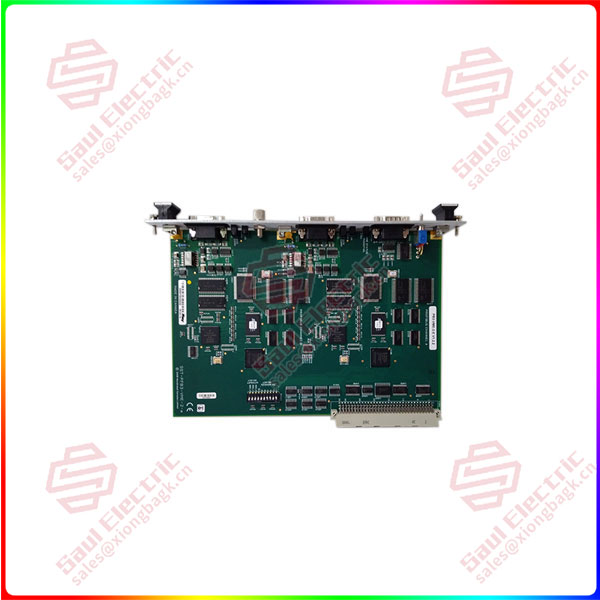Trend two: Computer vision
Industrial scene demand upgrades, driving computer vision technology toward high precision and standardization
Computer vision is the most mature technical direction of artificial intelligence application in the industrial field. In 2023, with the improvement of the coverage breadth and depth of application scenarios, more potential value scenario opportunities will be discovered. Drive computer vision technology capabilities to high precision, standardization direction to continue to develop.
First, high-precision computer vision technology is developing in depth. The popularization of hyperspectral machine vision perception technology, the optimization of vision algorithm, computing power deployment and the combined application of knowledge graph technology promote the development of computer vision in the direction of high precision. In 2023, there will be many new scene landing opportunities in smart medical, aerospace, high-precision product quality inspection and other aspects.
The second is the standardized packaging of computer vision technology. The head manufacturer provides it to small and medium-sized enterprises in an easy to use and integrate way such as open API and packaged SDK, lowering the threshold of large-scale development and use of technology, and giving birth to a new technology commercialization model. In this process, standardization is to establish a good cyclic iterative ecology, promote the sharing of algorithms and samples, so that algorithms have data that can be studied and tested, and difficult samples can be pushed to more professional algorithm teams to overcome.
Trend 3: Expanding real-world interactions
The value of expanding the entry of realistic interactive technology is highlighted, and the diversified scene of industrial digitalization is opened

SST-PFB3-VME-2
Extended Reality Interactive Technology (XR) is a combination of virtual reality, augmented reality, and mixed reality technologies that use computer technology and wearable devices to create a combination of real and virtual, human-computer interactive environment, providing a more intuitive and immersive experience. The extended reality interaction technology can integrate the virtual and real world in a variety of combination ways for industrial enterprises in product design, production and manufacturing, quality inspection, equipment maintenance, remote collaboration, etc., and provide a more three-dimensional solution for the operation mode of industrial manufacturing.
In 2023, although the deep application of expanded reality interaction technology is still in the early stage, its value for the digital transformation and technology application of industrial enterprises will be further highlighted. First, industrial production scene entrance, to achieve a full range of visualization, simulation and optimization of the industrial production process, improve the efficiency and quality of design, manufacturing, testing, maintenance and other links. The second is the entrance of industrial training education, which provides high-quality training and education experience for employees and partners based on realistic simulation scenarios. The third is the use of products and services, customers can preview and customize products in the virtual environment, driving product sales.
 1 Year Warranty
1 Year Warranty





